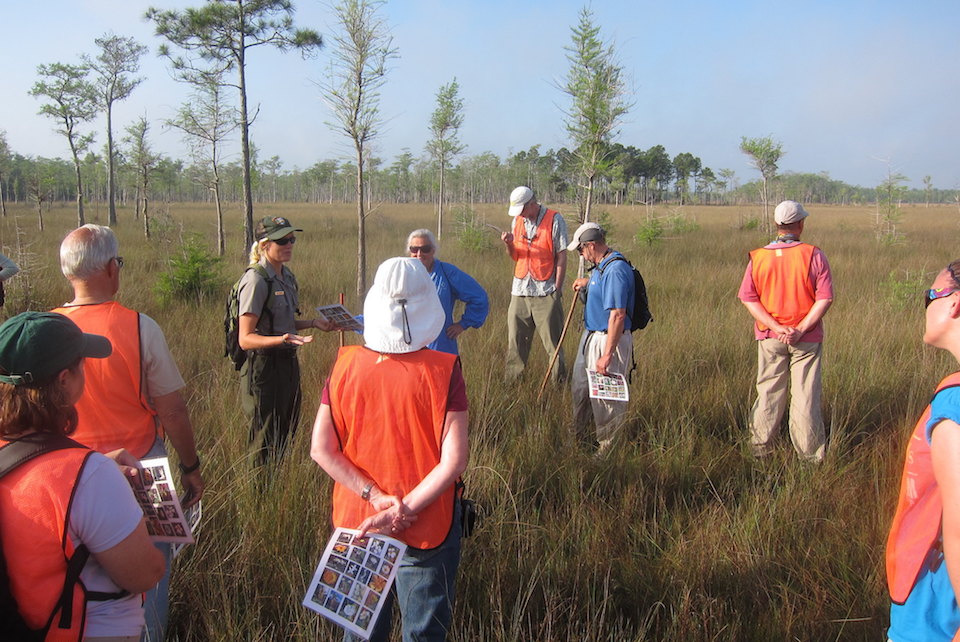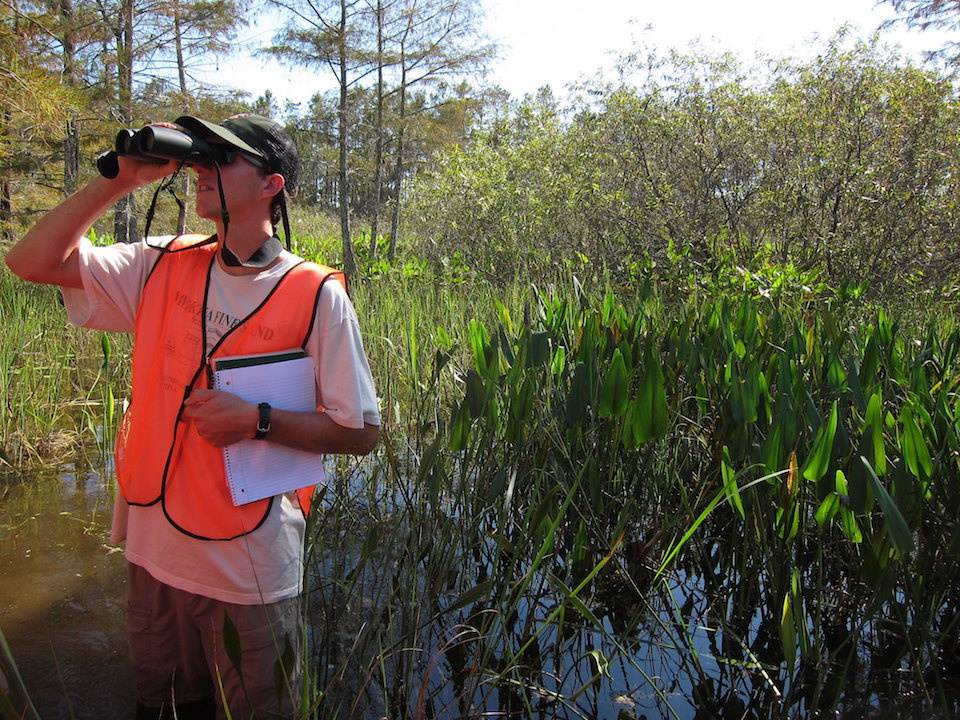- How to Create Strategies?
How to Create Adaptation Strategies?

Creating adaptation strategies generally consists of two phases: identifying all possible adaptation strategies and then evaluating and selecting which strategies to use. It is often helpful to focus on specifying the climate impacts of greatest concern before developing strategies for how to reduce these impacts.
Conservation professionals create a broad array of adaptation strategies and then narrow down that array to select the strategies that best fit their conservation goals. By starting broad and being willing to “think outside the box,” practitioners can avoid limiting their adaptation options by barriers that may ultimately be surmountable. The focus should be on actions that can address near-term conservation challenges while also advancing longer-term adaptation strategies.
Adaptation strategies often include one or more of the following elements:
- Establishing special protections for keystone species, corridors, processes, and habitats
- Reducing of anthropogenic stresses (e.g., pollution, development, overharvest)
- Safeguarding genetic diversity (species or ecosystems)
- Restoring altered ecosystems to original function
- Creating or maintaining of refugia
- Relocating species
- Preparing for changes in wildlife movement patterns
- Maintaining key ecosystems services
- Monitoring and planning to support adaptive management goals
- Ensuring legislative and regulatory flexibility to climate change
- Increasing awareness and knowledge of stakeholders
- Promoting sustainable use of resources (subsistence, recreational, and commercial)

Adaptation strategies should be developed with the following guidelines in mind:
-
Actions need to be implemented at a range of management levels.
-
Actions should rely on sound planning that promotes the investment of resources in reliable strategies.
-
Actions need to be focused on achieving clearly defined objectives and integrated with other policies and other natural resource management plans that have been developed. Implementation activities developed to overcome climate change impacts need to be coordinated with existing policy objectives and planning processes for conservation of fish and wildlife species.
-
Planning and management for natural resource management activities need to be flexible, adaptive, and creative.
-
A risk management approach should be incorporated into adaptation planning. Risk management processes will help reduce the probability that negative impacts may occur, while being prepared to manage the consequences should those impacts take place.
-
Actions should maximize conservation for priority fish and wildlife species. Emphasize conservation in areas where a) fish and wildlife species are under immediate threat from climate change impacts, and b) the activities undertaken will significantly improve adaptation for vulnerable species.
-
Management activities should increase ecosystem resilience to better address the uncertainty associated with projected climate change impacts.
-
Management strategies should account for critical thresholds of species and ecosystems. For all species and ecosystems there is a need to understand the points at which climatic (e.g., temperature or CO2 concentration) and ecological (e.g., population density or mortality rate) thresholds exist, beyond which significant, sometimes irreversible, changes may occur.